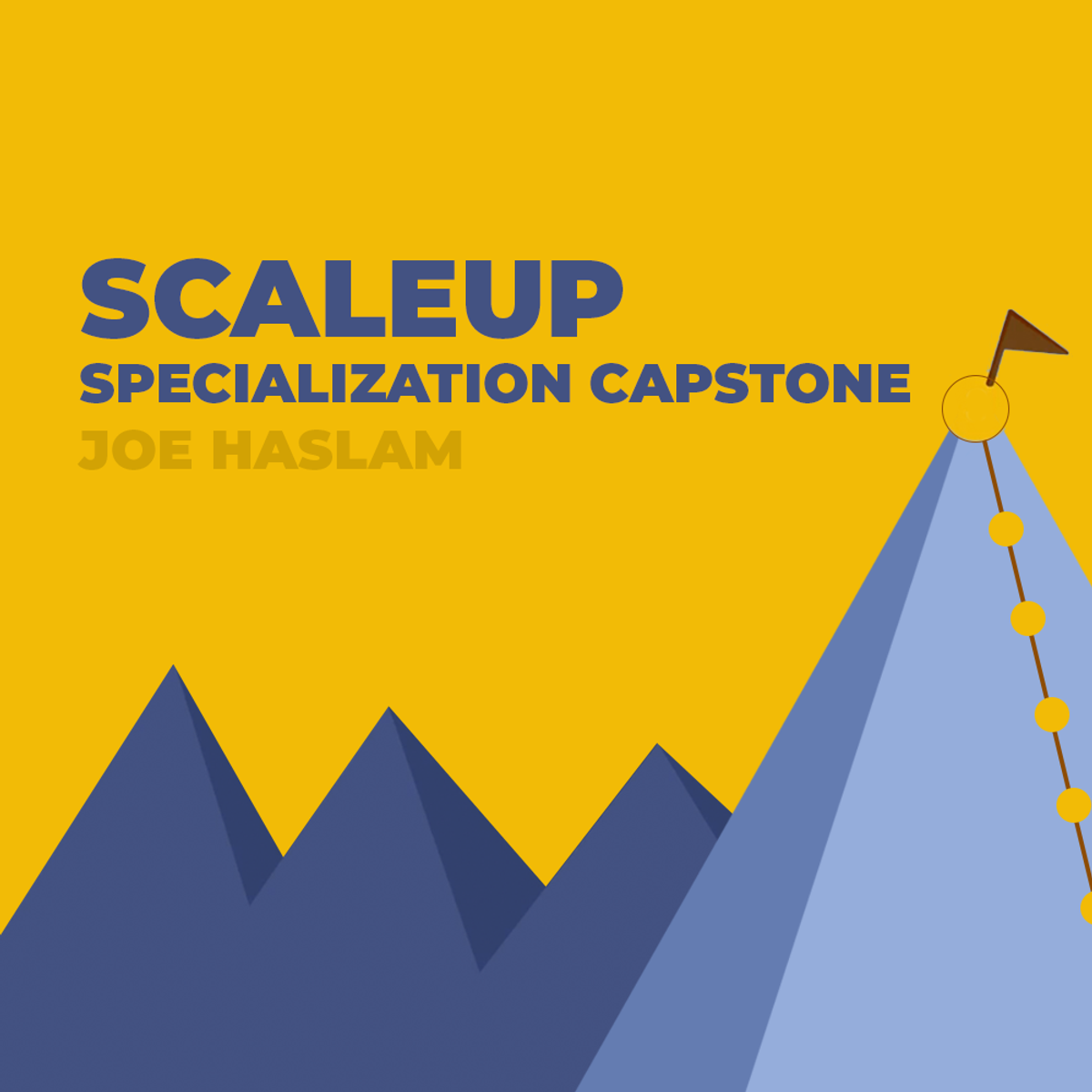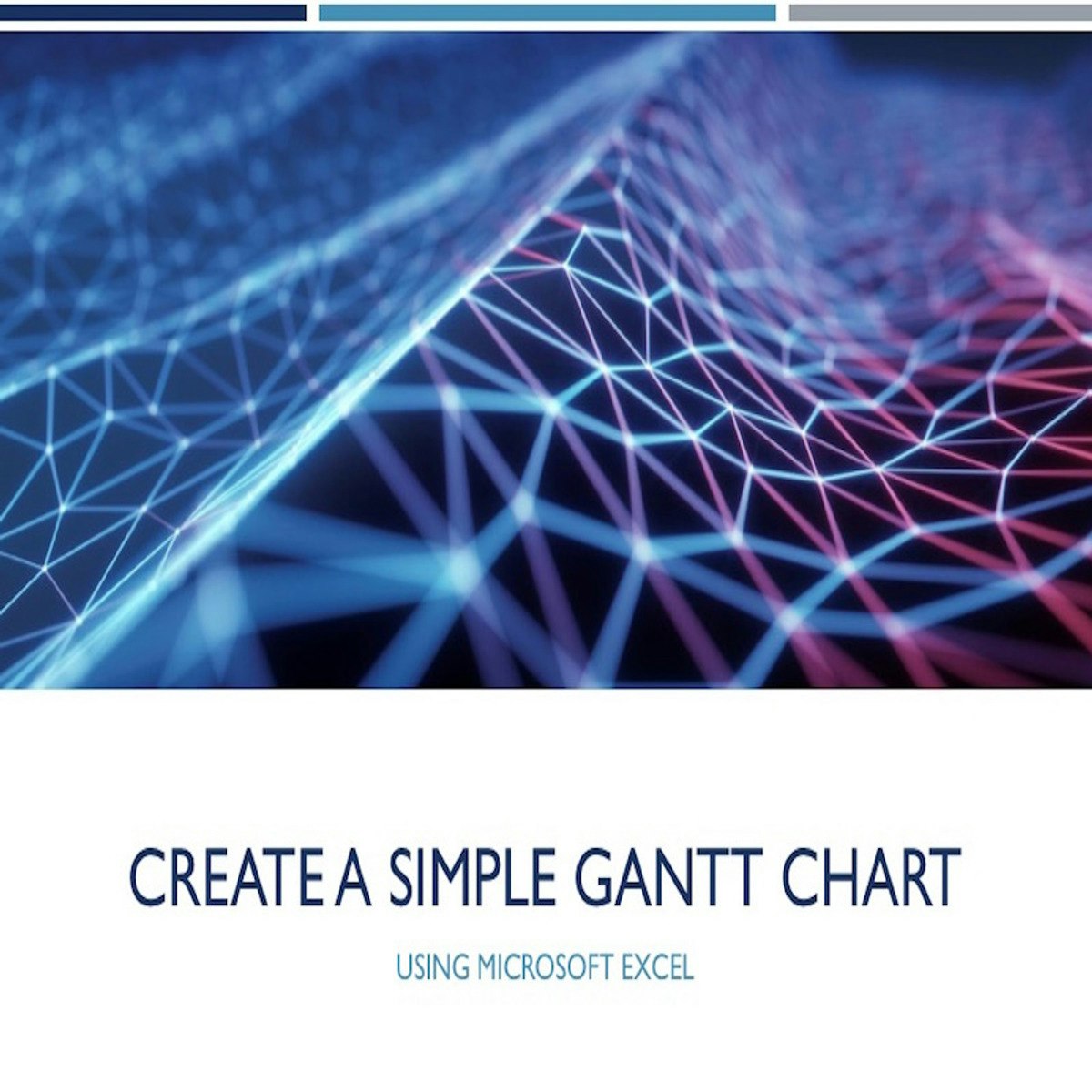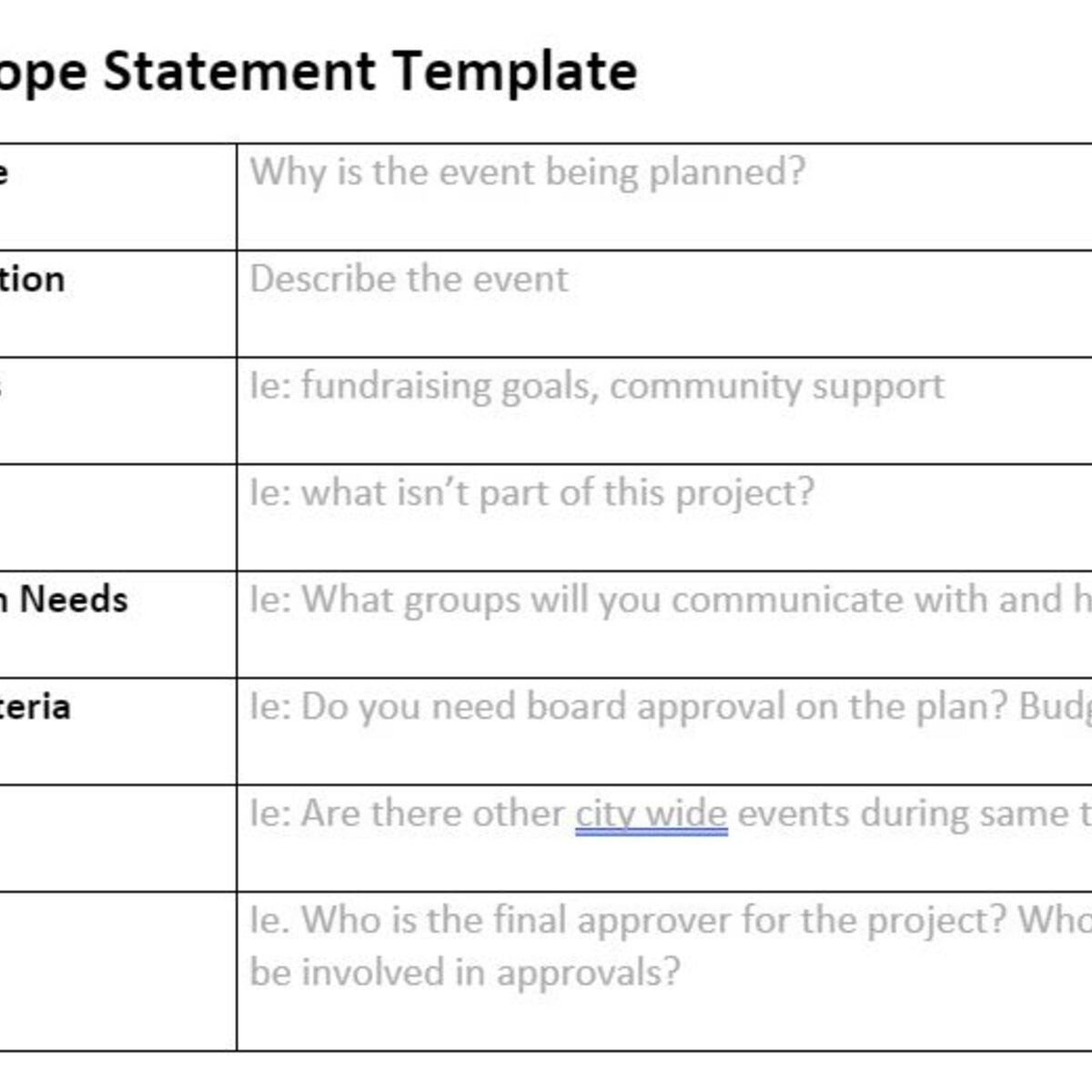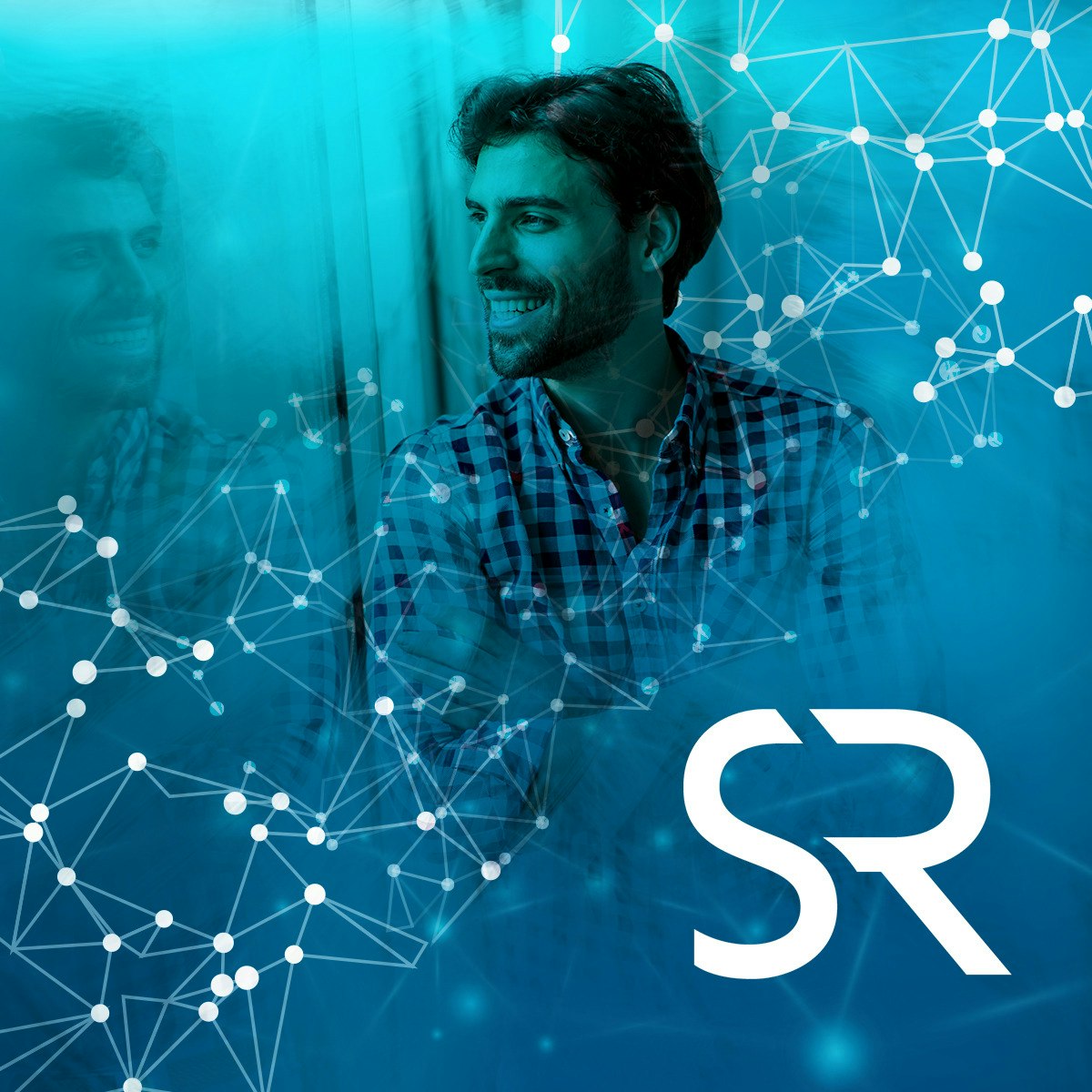Back to Courses









Leadership And Management Courses - Page 11
Showing results 101-110 of 600

Scale Up Specialization Capstone
This Capstone course is aimed at learners who have experience of working in a startup and want to scale up their business and want to bring together what they have learned in the three previous courses on scaling up a startup (Scale Up Your Startup, Scaling Product and Processes, and Building Culture in a Scaleup).
Through the Capstone Project, you´ll showcase your understanding of the key issues a scaleup faces and how to overcome these issues and challenges - from the initial moment when scaling up becomes a possibility, through transitions in product and processes, to the creation of a strong, effective, and resilient company culture that will last. For the project, you´ll profile a company and go in depth to find out how that company scaled, producing a polished and comprehensive piece of writing that demonstrates your understanding of the scaleup journey.
After completing this Capstone project, you will have developed insights into why companies scale up, how they plan for the scaleup phase, how they scale up product and processes, how they adapt their sales and marketing strategies, how operations are affected, and how they build and maintain a productive, effective and diverse company culture through the scaleup phase.

Power Onboarding
Power Onboarding provides practical, easy-to-use tools to guide an individual who is transitioning to a new job. Students will prepare an actionable personal onboarding plan that will set them up for success in their new role. Research has shown that an actively followed power onboarding plan will allow an individual to reach proficiency in a new position up to 30% faster than the typical transitioning manager. In this course, students will develop their own onboarding plan, allowing them to contribute sooner and be eligible for promotion earlier. In this newly revised format, learners can complete the course in no more than 7 hours, with approximately 2 hours dedicated to creating a personalized power onboarding plan. We have a suggested 4 week schedule to help you stay on track, but we recognize that everyone has different learning styles so we've added flexibility so you can complete the entire course in one or two sittings.
This course has benefited tremendously from the feedback and advice we have received since the launch in the Fall of 2014. A recent survey shows:
1) 67% of participants are very likely to recommend the course to a friend, and the remaining 33% being somewhat likely
2) 80% of participants found the workload the same or lower than what they expected.
We are enthusiastic about these findings and we know that you will find this course valuable and worthwhile as well!

Build Dashboards in Power BI
In this project, you will create a Dashboard in Power BI. You will get data to bring into a model, build several reports, generate informative charts from each report, then choose powerful visuals to highlight on a Dashboard. Your new skills will help you efficiently summarize important information on a one-page dashboard with visual data.

Personal Leadership Development Planning and Leading High Performing Teams
An actionable leadership improvement plan enables you to leverage strengths and close the gaps on weaknesses. In this course, you will build your own plan that you can put into practice immediately and realize goals within the next two years. It lays the foundation for an evergreen process of selection and prioritization of skills, and action planning for sustained leadership development.

Leverage Meeting Productivity Tools in Miro
By the end of this project, you will be able to enhance productivity within remote and hybrid meetings by leveraging productivity tools in Miro.
To do this, you will gain hands-on experience creating visualizations that focus a team on meeting purpose and priorities in the Miro online visual collaboration platform for teamwork.
Note: This course works best for learners who are based in the North America region. We’re currently working on providing the same experience in other regions.

Create a Simple Gantt Chart using Microsoft Excel
By the end of this project, you will be able to create a simple Gantt chart to manage your next project. You will utilize the free online version of Microsoft Excel to create a Gantt chart from scratch. This Gantt chart will give you a better idea of how bar charts and conditional formatting work. This guide will incorporate some Excel functions to teach you how to use conditional formatting to make your chart and data interactive. In addition, this Gantt chart will allow you to track multiple tasks that run parallel with each other, and will incorporate some unique features such as a weekly view bar to organize dates more efficiently.

Creating Trust & Support
Welcome to Leading StandOut Teams: Creating Trust & Support!
This course will explore what it means to create the conditions in which a team feels they can trust that everyone is being open and real; how to create the team relatedness that generates a sense of support among team members; and the dynamic of how having faith in your team generates trust.
By the end of the course, you will be able to:
- Describe what it means to create a team environment of trust and confidence that lets everyone be open and real.
- Create a sense of relatedness with your team so that they can count on support from one another.
- Learn to model faith in your team and explore strategies and practices that generate trust.
Modules Include:
One: Teammate Trust. Explore what it means to create the conditions in which a team feels they can trust that everyone is being open and real.
Two: Relying on Teammates. Explore how to create the team relatedness that generates a sense of support among team members.
Three: Having Your Team Members’ Backs. Explore the dynamic of how having faith in your team generates trust.
This is a beginner's course, intended for team leaders with an interest in Leading StandOut Teams. It includes lecture videos by StandOut Strengths Coaches, practice quizzes, graded quizzes, peer-reviewed assignments, discussion prompts, and activity guides to facilitate ongoing learning and provide a structure to make sense of learning so that it can be embedded into real change.
To succeed in this course, you should be willing to self-reflect and open to shifting perspectives. Making the effort will result in a positive and fulfilling response.

Introduction to Project Management
This course is designed to give you the fundamentals of Project Management. You will learn the basic principles of Project Management by managing a fundraising event for your local farmers market. You will designate responsible team members to help you, build a timeline and see the different ways that you can manage the project. Together, we will walk through not only the documentation, but also the theories and reasoning behind each task. You will learn how to look at a large project and break it down into manageable pieces and then how to build an action plan so that you hit your deadlines with your team.
By the end of the course, you will have created a Project Scope document, Stakeholder Responsibility Matrix, sequenced a task list, added task owners, and a explored several popular project views using Project Management software. You will be ready to tackle a project on your own or will be equipped to take a higher-level course in Project Management.
Note: This course works best for learners who are based in the North America region. We’re currently working on providing the same experience in other regions.

SAP Design, Pitch & Re-design
SAP Design, Pitch and Re-Design is the fourth course in the SAP Technology Consultant Professional Certificate program. The course dives into the SAP Implementation lifecycle so you can immerse yourself in the key phases, including design, pitch, and re-design.
You’ll work with SAP Activate methodology and look at how to identify business requirements to determine system and data requirements. You’ll learn how to interrogate the gaps between SAP technical capabilities within Business Technology Platform and the customer’s existing environment. You’ll explore how popular tools such as JAVA, Python, Golang, and R are used to develop a technical design. You’ll then consider technical design with respect to cloud models, architecture, systems, infrastructure, and data. Plus, you’ll delve into the world of APIs, 3rd party tool integrations such as CRM or ERP, security, storage, environment settings, and migration.
By the end of this course, you will be able to:
Explain what a technology consultant does in the Design, Pitch and Re-Design phases of the SAP Implementation lifecycle.
Explain how to review a solution proposal and business requirements to determine SAP application technical requirements for customers.
Describe how to interrogate gaps between SAP technical capabilities and the customer’s existing environment.
Explain how to design an SAP technical solution that fulfills the business requirements documented in the customer interview, analysis, and communication phases.
Develop a Technical Design Outline in accordance with provided parameters.

Building Your Leadership Skills
When taking this course, you will raise your own self-awareness and gain self-confidence for a better leadership.
You will discover a new approach to leadership based on trust and sense.
The “Savoir-Relier” leadership, a new approach of leadership, taught to HEC MBA’s student and top executives, enables better team leadership and encourages relationships between people in spite of their differences of opinion.
You will develop relational skills, self-knowledge and self-awareness on the way to unfold your own leadership style. You’ll learn the skills of The Savoir-Relier (SR) methodology for better connecting with yourself or others by going through the following 4 steps for successful leadership: Introspection, Conversation, Resilience and Responsibility toward Value Creation.
In this first MOOC of the "Inspirational Leadership" specialization, you will practice the first two steps of the method for successful leadership: Introspection and Conversation. You will get to know yourself better during the Introspection part and get a chance to improve your communication skills in order to better interact with others. You will meet people like you who will share their stories and their experience with Savoir-Relier and why it is so inspiring for them in their life. Together, you’ll develop greater self-awareness by developing a leadership self-portrait and going through fun activities to increase your empathy and communication.
Leaders from different organizations and participants of the HEC Paris Leadership Certificate, the program from which this course and specialization are inspired, will share with you their insights about what it takes to become a great leader and what they are able to achieve now that they apply The Savoir-Relier methodology.
This course is part of the specialization “Inspirational Leadership: Leading with Sense”. In the next courses, you'll go through the second two steps of leadership: Resilience and Responsibility toward Value Creation.
Popular Internships and Jobs by Categories
Find Jobs & Internships
Browse
© 2024 BoostGrad | All rights reserved